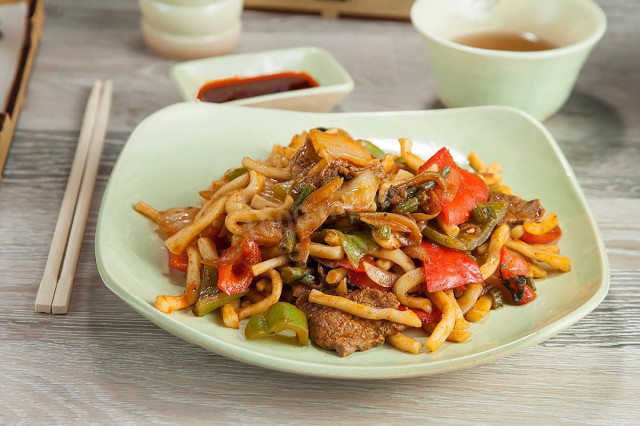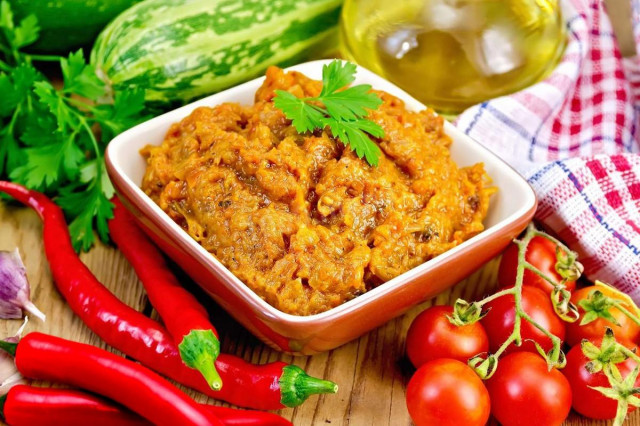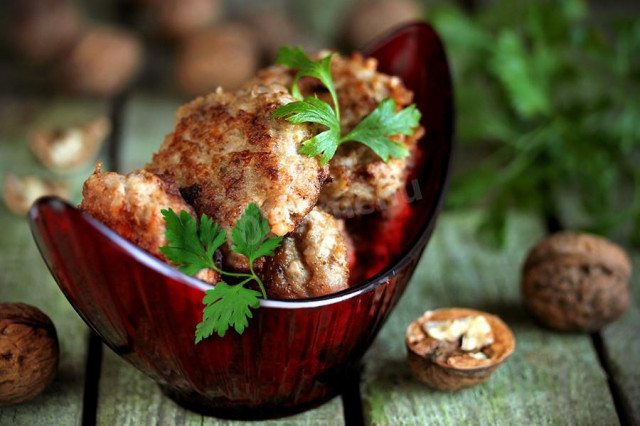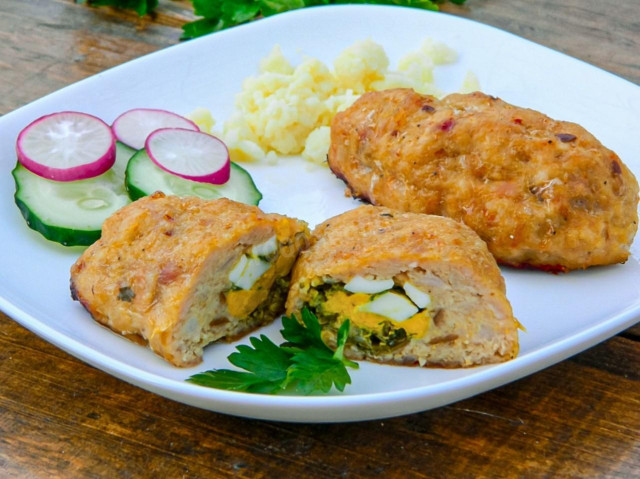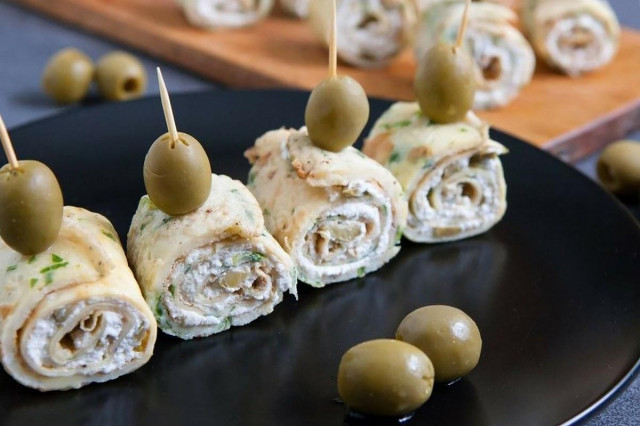Composition / ingredients
Cooking method
1. First we will marinate the meat. So, the beef is well washed, dried with a paper towel, then spread on a cutting board and cut into thin pieces. We shift the meat to the bottom of a deep bowl, then pour it with soy sauce. We also pour in 20 ml of vegetable oil, pour hot ground pepper. Mix the contents of the bowl with your hands so that the sauce, oil and pepper are evenly distributed over the meat. Leave to marinate for half an hour.
2. At this time, we prepare the remaining ingredients:
- everything that needs to be washed, after which we dry it with paper towels;
- cut: green onion and jusai into small pieces (1-2 cm), garlic is cleaned and cut lengthwise into thin cubes, chili pepper is cut finely, onion is chopped, tomatoes are cut into small cubes, cabbage and bell pepper are cut into identical squares;
- if the noodles need to be boiled, we cook it at this stage, since then during frying it will be impossible to be distracted. If the noodles only need to be poured with boiling water, we will do it later. Noodles must be broken into pieces before cooking (you can not do it, but I prefer it this way).
3. Put a cauldron on a high fire (you can also use a wok frying pan), pour in the remaining vegetable oil and heat it well. Spread the beef, fry until browned, stirring constantly.
4. Put the onion in the cauldron, fry for 3 minutes, then add the tomatoes and put the tomato paste. We cook for another 3 minutes, actively and continuously stirring the contents of the cauldron.
5. Now we put the Peking cabbage in the cauldron, cook for 2 minutes, stirring. Then pour ground black pepper, ground coriander, mix well and cook for another 3 minutes. Then add the bell pepper, cook for 2 minutes. Do not forget to mix actively.
6. At this stage, we spread the chopped green onions, jusai, garlic and chili pepper, and also salt to taste.
7. Pour boiling water over the noodles, hold for a minute or as long as indicated in the manufacturer's instructions. We put the noodles in a cauldron, mix, keep on fire for another minute and turn off the heating.
8. We serve it to the table hot.
Bon appetit!
Calorie content of the products possible in the composition of the dish
- Onion - 41 kcal/100g
- Tomatoes - 23 kcal/100g
- Melted beef fat - 871 kcal/100g
- Fat beef - 171 kcal/100g
- Lean beef - 158 kcal/100g
- Beef brisket - 217 kcal/100g
- Beef - okovalok - 380 kcal/100g
- Beef - lean roast - 200 kcal/100g
- Beef shoulder - 137 kcal/100g
- Beef - ribs - 233 kcal/100g
- Beef - ham - 104 kcal/100g
- Beef - tail - 184 kcal/100g
- Boiled ham - 269 kcal/100g
- Beef corned beef - 216 kcal/100g
- Sweet pepper - 27 kcal/100g
- Garlic - 143 kcal/100g
- Ground black pepper - 255 kcal/100g
- Soy sauce - 51 kcal/100g
- Chinese cabbage - 16 kcal/100g
- Vegetable oil - 873 kcal/100g
- Tomato paste - 28 kcal/100g
- Green onion - 19 kcal/100g
- Salt - 0 kcal/100g
- Noodles - 135 kcal/100g
- Ground hot pepper - 21 kcal/100g
- Chili pepper - 40 kcal/100g
- Ground coriander - 25 kcal/100g
- Jusay - 43 kcal/100g

